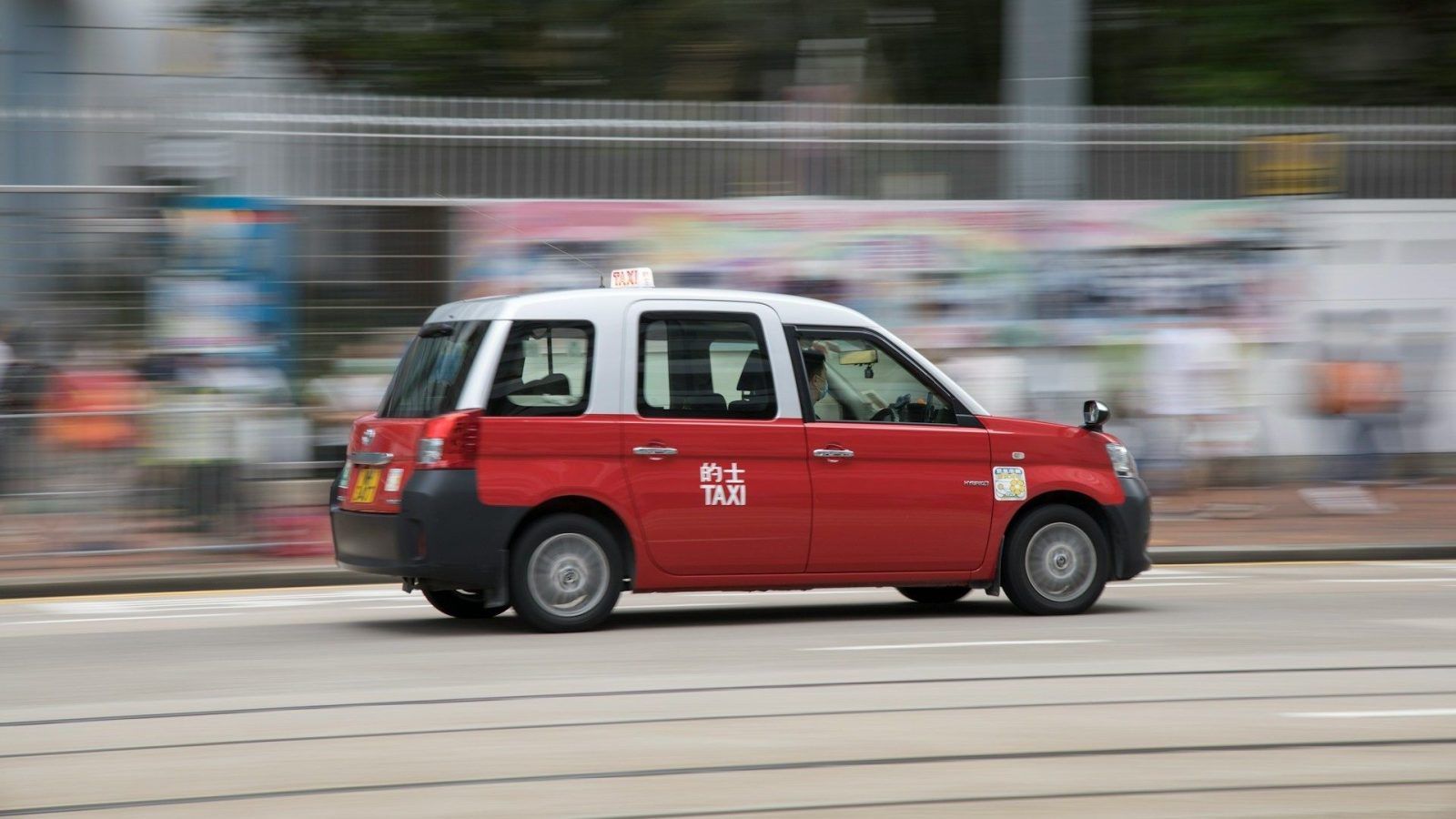Friday, August 1, 2025
China and Hong Kong are now at the center of growing international health concerns as a fast-moving chikungunya outbreak in Guangdong province infects thousands, prompting the United States to review possible travel advisories. With the mosquito-borne virus spreading rapidly and showing signs of cross-border transmission, global health officials have issued fresh warnings about its potential to escalate into a wider regional crisis, urging governments to act swiftly to contain the threat and protect travelers.
The Trump administration is actively considering a travel warning for Americans planning trips to China after a dramatic surge in chikungunya virus cases in the country’s southern Guangdong province. The virus, transmitted by mosquitoes, has infected nearly 5,000 people since early July, with almost 3,000 new cases reported in just the past week.
Health authorities in the United States are closely monitoring the outbreak as concerns grow over the virus’s potential to spread quickly through international travelers. Guangdong, a densely populated region that borders Hong Kong, has become the epicenter of this outbreak, marking one of the most rapid escalations in chikungunya cases recorded in recent years.
The Centers for Disease Control and Prevention (CDC) has launched a full assessment of the outbreak’s scope. The agency may soon issue a formal travel advisory, depending on how quickly the virus continues to spread and how effectively Chinese authorities contain it. While the CDC has not yet issued an official alert, it has acknowledged the seriousness of the outbreak and is reviewing whether to recommend enhanced precautions for travelers to China.
Virus Overview and Symptoms
Chikungunya is a mosquito-borne viral disease that spreads through the bite of infected Aedes mosquitoes, especially Aedes aegypti and Aedes albopictus. Once infected, individuals typically experience high fever, severe joint pain, muscle aches, skin rashes, and headaches. In some cases, joint pain lingers for months, leading to chronic discomfort and mobility issues.
Currently, there is no cure or vaccine available for chikungunya. As a result, health experts emphasize prevention as the most effective defense. Individuals in affected areas must take steps to avoid mosquito bites, including wearing long-sleeved clothing, applying insect repellents, and sleeping under mosquito nets.
While chikungunya rarely causes death, it can result in long-term complications for vulnerable populations such as the elderly or those with pre-existing health conditions. The virus often spreads rapidly in regions with high humidity, poor sanitation, and standing water—factors present in many parts of southern China during the summer months.
Potential Travel Advisory Under Evaluation
The CDC is currently evaluating whether the outbreak warrants the issuance of a Level 2 travel alert, which would advise Americans to take extra precautions when visiting the region. If conditions deteriorate further, the CDC could raise the alert to Level 3 (“Reconsider nonessential travel”) or Level 4 (“Avoid all travel”).
In past years, the CDC has issued similar advisories for chikungunya outbreaks in parts of the Indian Ocean and Southeast Asia, as well as alerts for other mosquito-borne diseases such as yellow fever in South America and mpox in West Africa.
So far, the outbreak remains concentrated in Guangdong, but public health officials fear that the virus could spread quickly to neighboring regions, especially with heavy cross-border travel into Hong Kong and Macau. International travel may facilitate the virus’s entry into other countries, posing a broader global risk.
Global Health Agencies Raise the Alarm
Global health organizations have also flagged the chikungunya virus as a mounting international threat. They estimate that over 5 billion people across more than 100 countries live in areas where mosquito-borne viruses like chikungunya can thrive. Urban expansion, global air travel, and changing climate patterns have created ideal conditions for mosquitoes to flourish and for viruses to spread faster than ever before.
Chikungunya has shown a disturbing pattern of geographic expansion since 2004, when it re-emerged in East Africa and quickly spread to islands in the Indian Ocean, then to Asia, Europe, and the Americas. Researchers believe that genetic mutations in the virus have increased its ability to infect a broader range of mosquito species, further accelerating its global reach.
As of this year, at least 16 countries have reported chikungunya outbreaks, with more than 240,000 cases and 90 deaths tallied by international health monitoring agencies. While fatality rates remain low, the high number of infections and potential for long-term complications make chikungunya a serious public health concern.
Importance of Prevention and Vigilance
With no antiviral treatments available, the key to halting the spread of chikungunya lies in vector control and public awareness. Health officials encourage travelers and residents in affected areas to eliminate mosquito breeding grounds, avoid stagnant water, and regularly disinfect potential breeding sites.
American travelers planning trips to China—especially to Guangdong and nearby urban hubs—should consult official guidance from the CDC and the U.S. State Department. Even in the absence of a formal advisory, travelers can protect themselves by using insect repellent, wearing protective clothing, and choosing accommodations with air conditioning or screened windows.
Authorities also urge international airports, airlines, and border security personnel to remain alert to symptoms among inbound travelers and to ensure proper medical screening when necessary.
Decision Still Pending
As the outbreak continues to unfold, the Trump administration has not yet made a final decision on whether to issue a formal travel warning. However, U.S. health agencies remain on high alert and are working with international partners to track new developments and prevent further spread.
China and Hong Kong face mounting health risks as a rapidly spreading chikungunya outbreak in Guangdong triggers global warnings and prompts the US to review urgent travel guidance to prevent wider regional transmission.
Until an official advisory is released, American citizens planning to travel to southern China should stay informed and adopt strong preventive measures. The chikungunya virus may not currently rank as a top global health emergency, but its fast spread and lack of treatment options make it a critical risk for travelers and public health systems alike.



